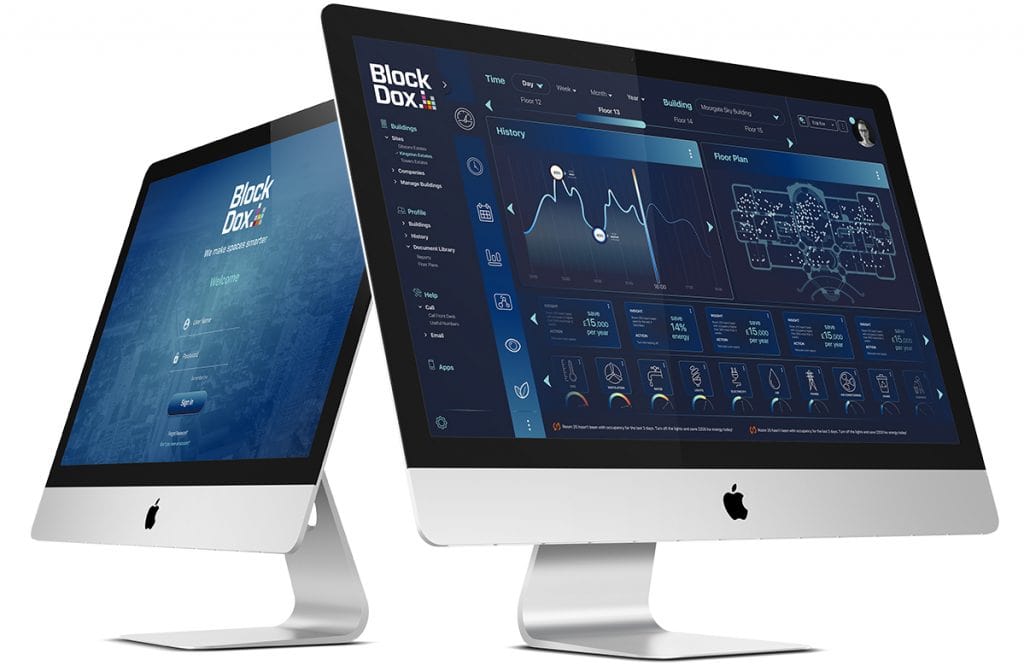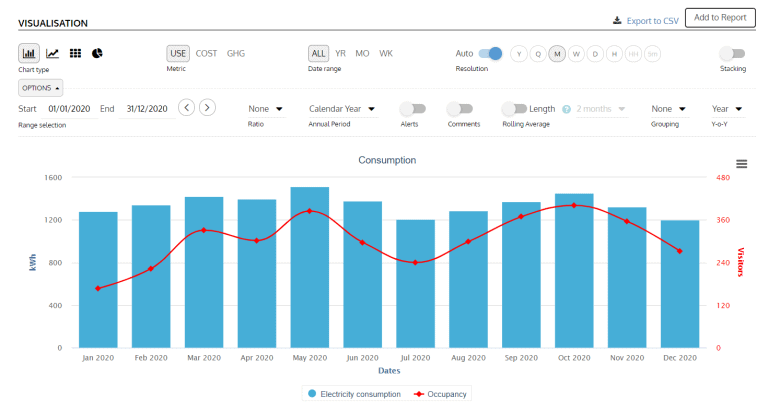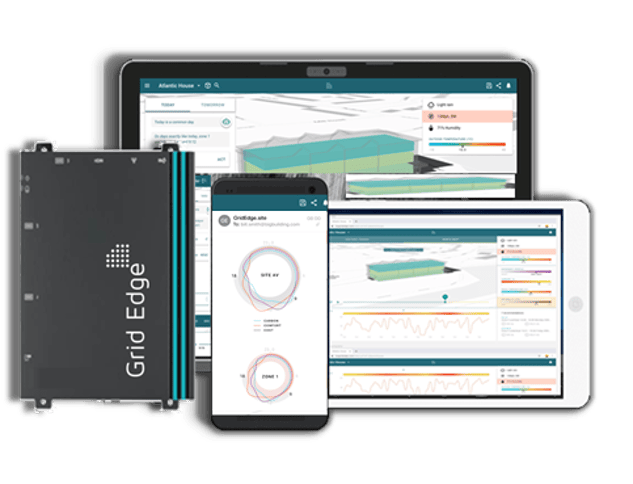Tech to help organisations manage their sustainability goals.

Problem Addressed
Buildings are the gas-guzzlers of the real-estate industry, and a large amount of money is wasted every year on inappropriate energy usage. As a result, many organisations struggle with managing their energy costs and to decrease their carbon emissions. Studies demonstrate that energy savings can be increased by combining real-time occupancy data with building management strategies.
Case Study
BlockDox was installed in an 871,000 square meter London office building. After combining a variety of data points, BlockDox identified an annual energy saving opportunity of £1,145,000 equivalent to a saving of 1,950 tons of CO2 each year. BlockDox’s solution pointed to different findings, which helped determine suitable energy saving opportunities:
- 63% of energy consumption was used when occupancy was under 1.4% of capacity (~5 people per floor)
- 51% of energy consumption came from lighting and power alone
- 24% of the overall energy consumption occurred outside of working hours (7pm-5am)
In addition, additional savings from improved space utilisation of at least £183,057 were also discovered. The client will recoup their investment in 6-12 months from energy savings alone.
Facts and Figures
This page presents data, evidence, and solutions that are provided by our partners and members and should therefore not be attributed to UKGBC. While we showcase these solutions for inspiration, to build consensus, and create momentum for climate action, UKGBC does not offer commercial endorsement of individual solutions. If you would like to quote something from this page, or more information, please contact our Communications team at media@ukgbc.org.
Related
Improved monitoring and collaboration for property teams

Fabriq OS

Commercial building energy optimisation

Cloud-based automated HVAC adjustments

